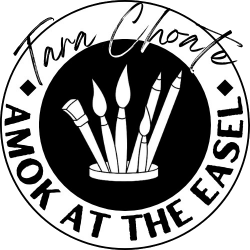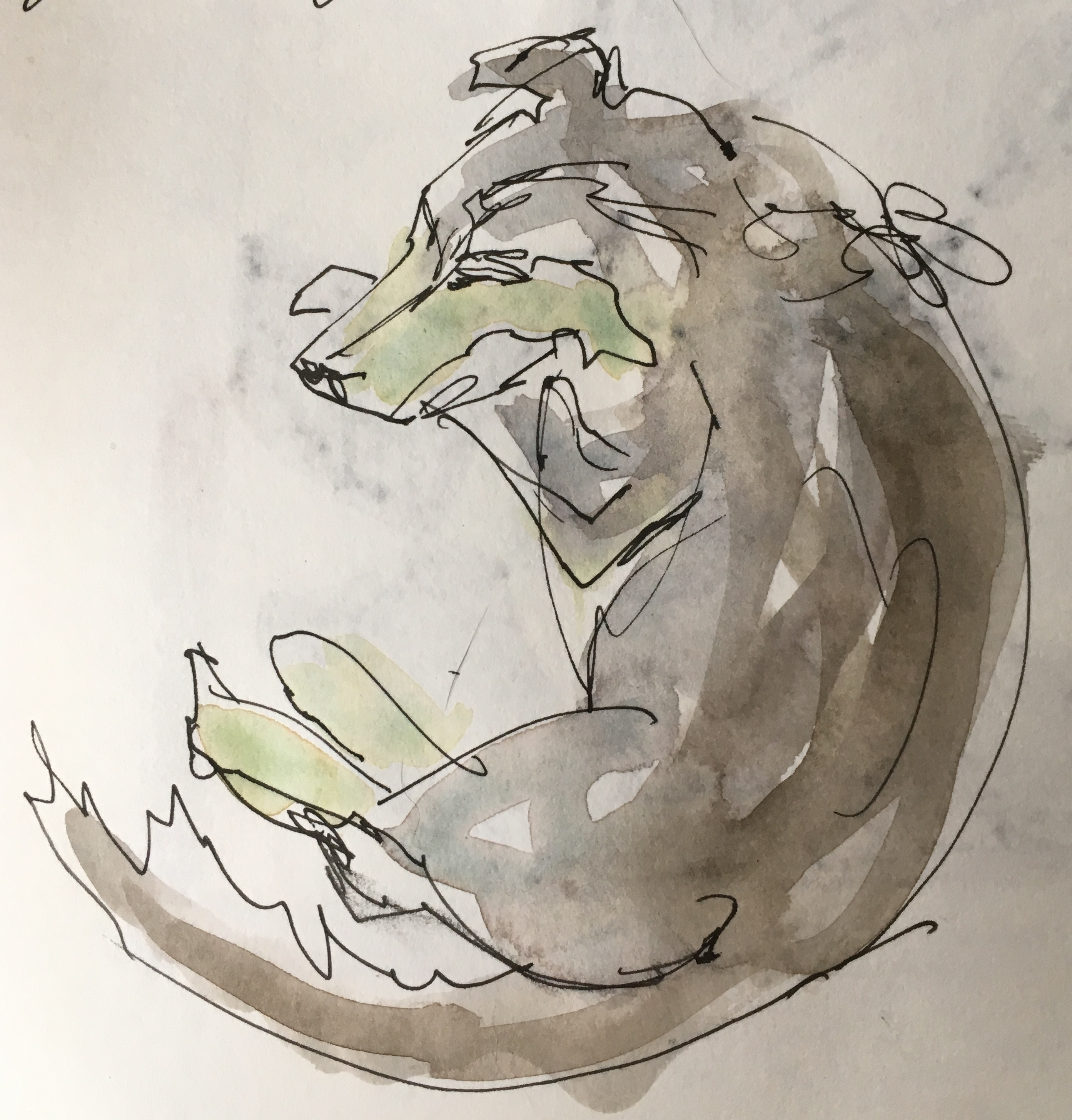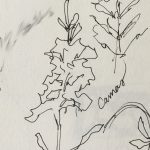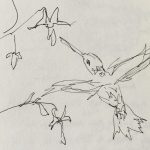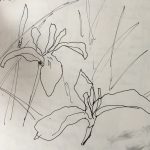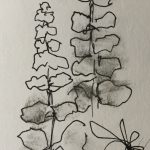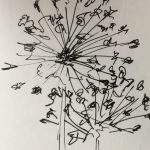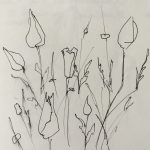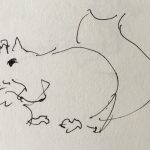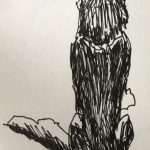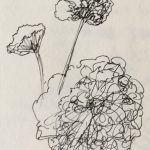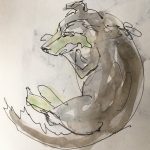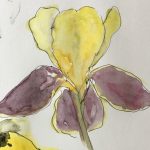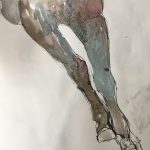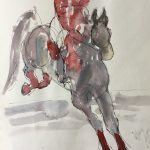So, it’s been a while. I’m not going to apologize because I think you all know my reasons for taking it easy; however, it was a little scary logging onto the site just now and seeing 31,000+ comments (spammers, hard at work). I must remember to check in a LITTLE more often, even when I’m taking it easy.
It’s been almost a month and I’m doing great on my goal of spending 15 minutes a day on the porch doing NOTHING and then doing some journaling afterward. I’m working on both processing emotions and figuring out what I like about my own art.
I really am not planning on showing these sketches, though you’ll see below that I do. I feel like this is a personal quest and you guys can entertain yourself for a while. I’ve been pretty busy on Instagram, so if you need something pretty to look at, check out the flowers I see every morning on Key’s walk.
I was feeling pretty comfortable with it all–or at least getting there–when my friend and mentor Ruth Buchanan posted this on Facebook.
As you know I love sketchbooks – working in my own but also seeing other people’s. Here is a look into the process, practice and thoughts of one of the greats.
For those of you not inclined to follow linked (why not?) it’s a journal by early 20th century artist, Stanley Spencer (who I am embarrassed to say I had never heard of.)
As I looked through it, I was struck by the way Mr. Spencer was clearly working through ideas. This was not a journal that he meant people to look at; not a showpiece for his skill. It was the artist equivalent to the muddy gardening boots you leave by the back door when you come in from spring planting, knowing that summer will come and the work will be worth it.
Over the years I have been working as an artist, I have heard SO MANY artists tout the value of drawing. “Drawing something makes it yours in a way a photo just doesn’t”. I spent a lot of years drawing as a child, but as an adult, I’ve been intimidated by the idea of keeping a journal containing all my sketches because… well… so many of my scribbles are just wasted paper.
Going back to Ruth, she keeps a LOVELY journal. In fact she’s won awards for her journals.
https://www.facebook.com/horse.paintings.by.ruth/videos/1777829575611620/
But even more intimidatingly, lately watercolor journaling has become a thing, as evidenced by Pintrest.
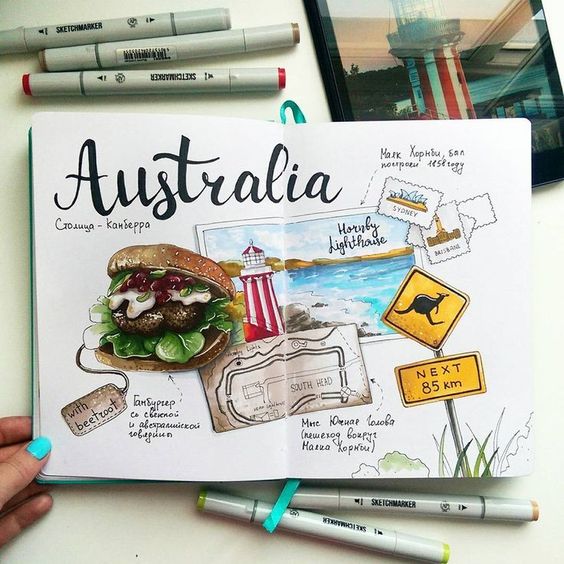 The Artists Network also has a variety of articles and videos on this subject.
The Artists Network also has a variety of articles and videos on this subject.
Over the years, I guess I have got the idea in my head that journals have to be… worth something. They have to be a finished product. Looking at Mr. Spencer’s journal, now preserved at the Tate Museum, I was reminded that no one is telling me how to do this. If I keep a journal, workbook, scribbles on sticky notes, or imaginary sand drawings… it’s really no one’s problem but mine.
Which leads me into what I have been doing.
When I embarked on this project, I grabbed a 1/2 finished notebook (I have SO many of these, abandoned over the years because they just weren’t “perfect”) and resolved to get a pen and ruin the thing.
As you will see, none of these are “great” sketches. They are just things I see in the morning from my porch. But what I discovered is that I really like some things more than others. For example, the little rough squirrel sketch; it’s got movement and character. That hummingbird, as well, is charming with it’s suggestion of movement. While I like all the flowers, they just don’t capture my attention as much. They feel very static and therefore they must be perfect. No room for interpretation.
After about two weeks, I decided to bring out some paint.
I quickly discovered that what I liked the best was when the paint “broke” and “flowed” more than when it followed the lines. When did I become so afraid of brush strokes?
Next, I decided that I would bring out some reference photos.
I am particularly fond of how the legs turned out. Movement and broken color. “Boogie Shoes”… well, red is a powerful color. Have to do a lot of planning before that one happens.
In conclusion, I have reached no conclusions. But for the first time in a while I am feeling like I’m getting in touch with what appeals to be in my own work. Doing this journal project, expecting no one to look at it, is proving to be valuable.
Now, if I can just go back to not showing!
